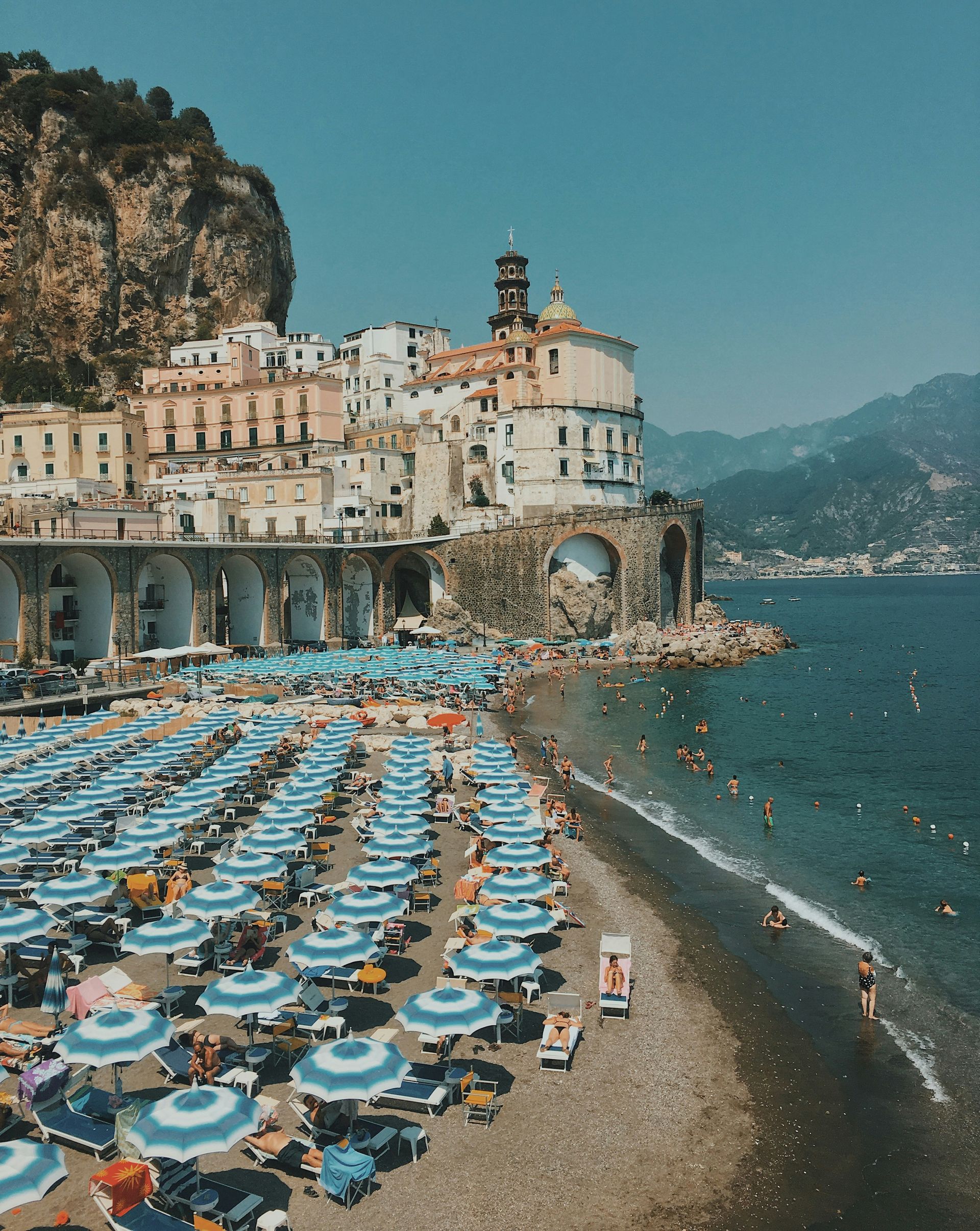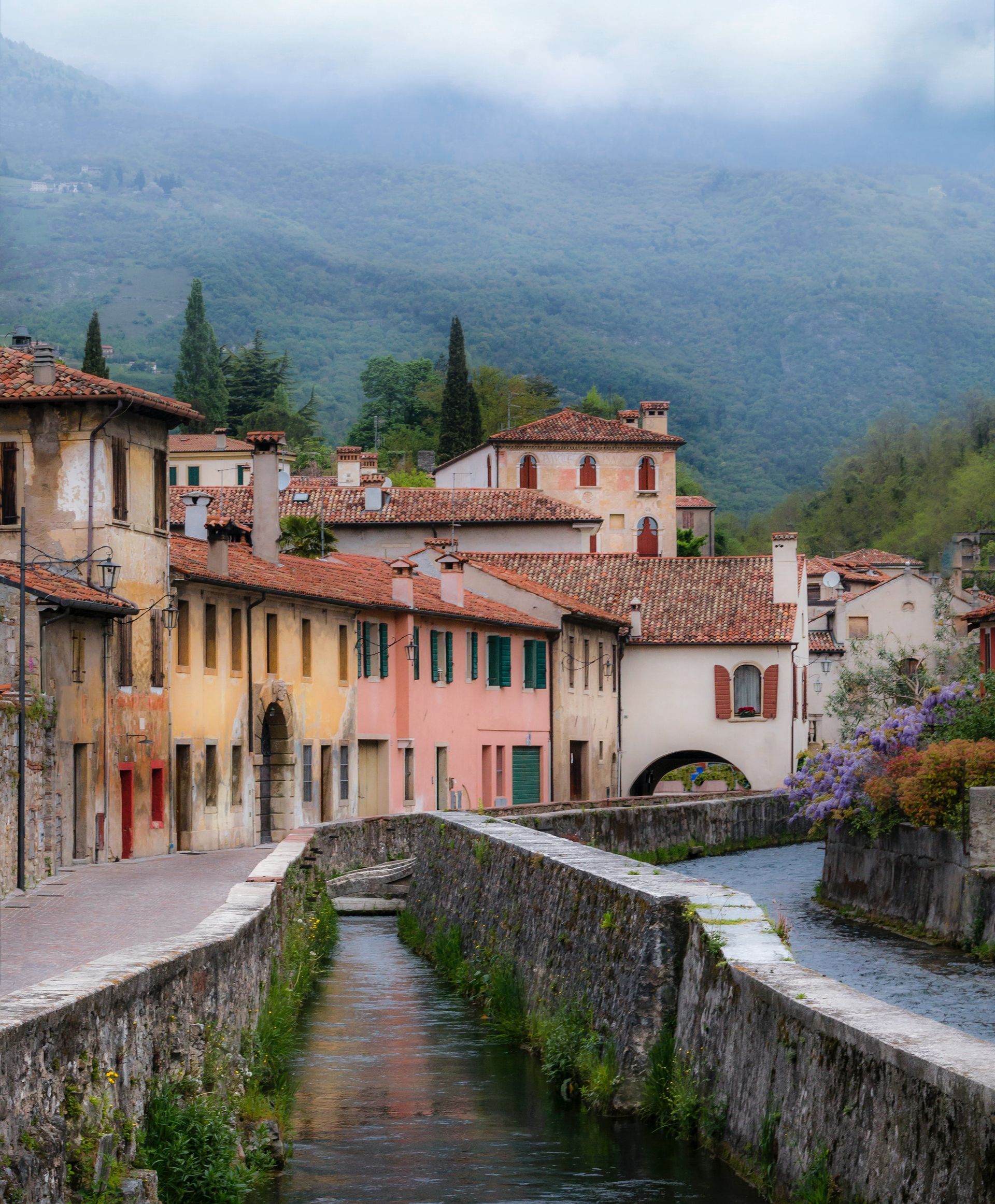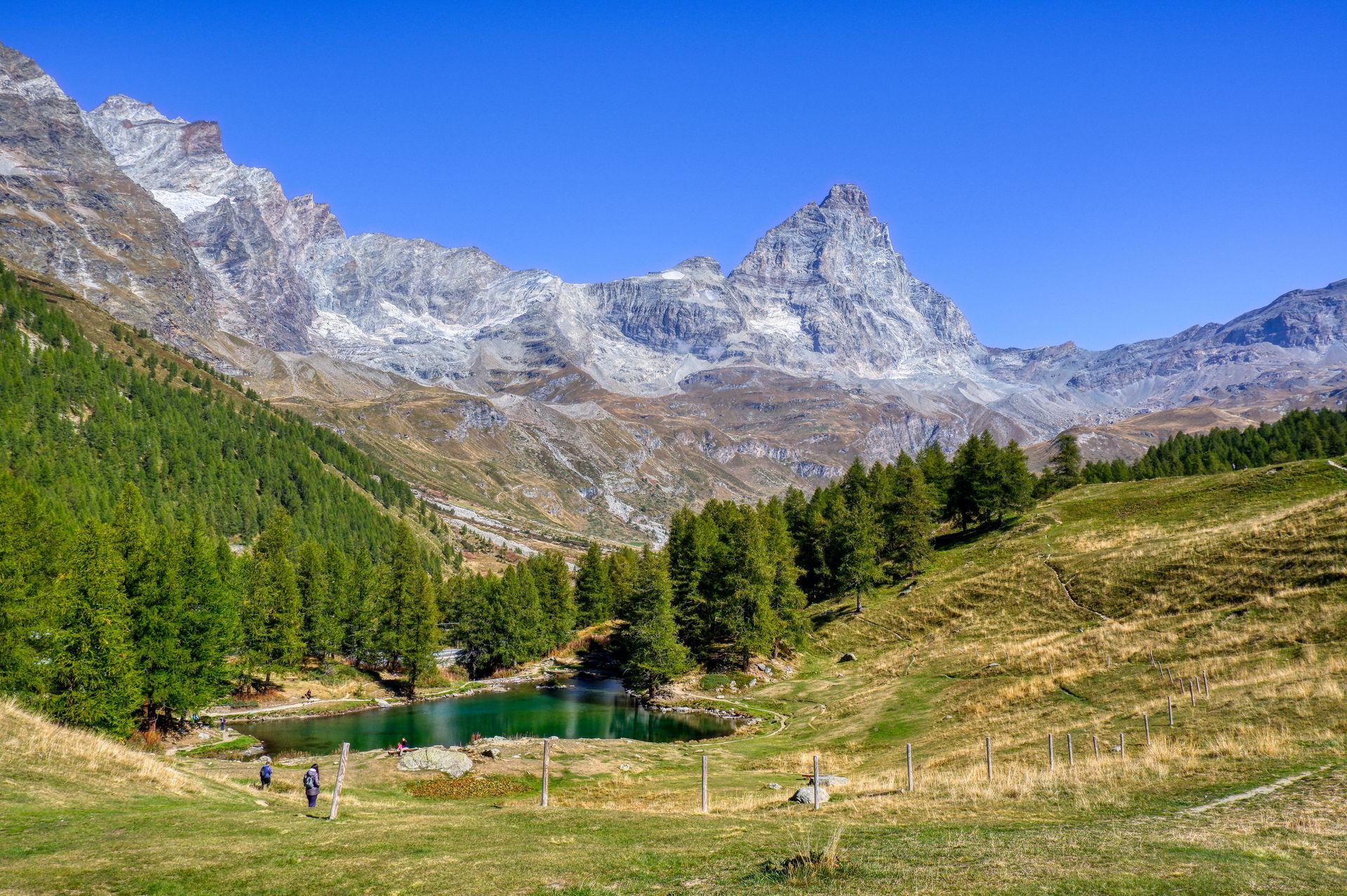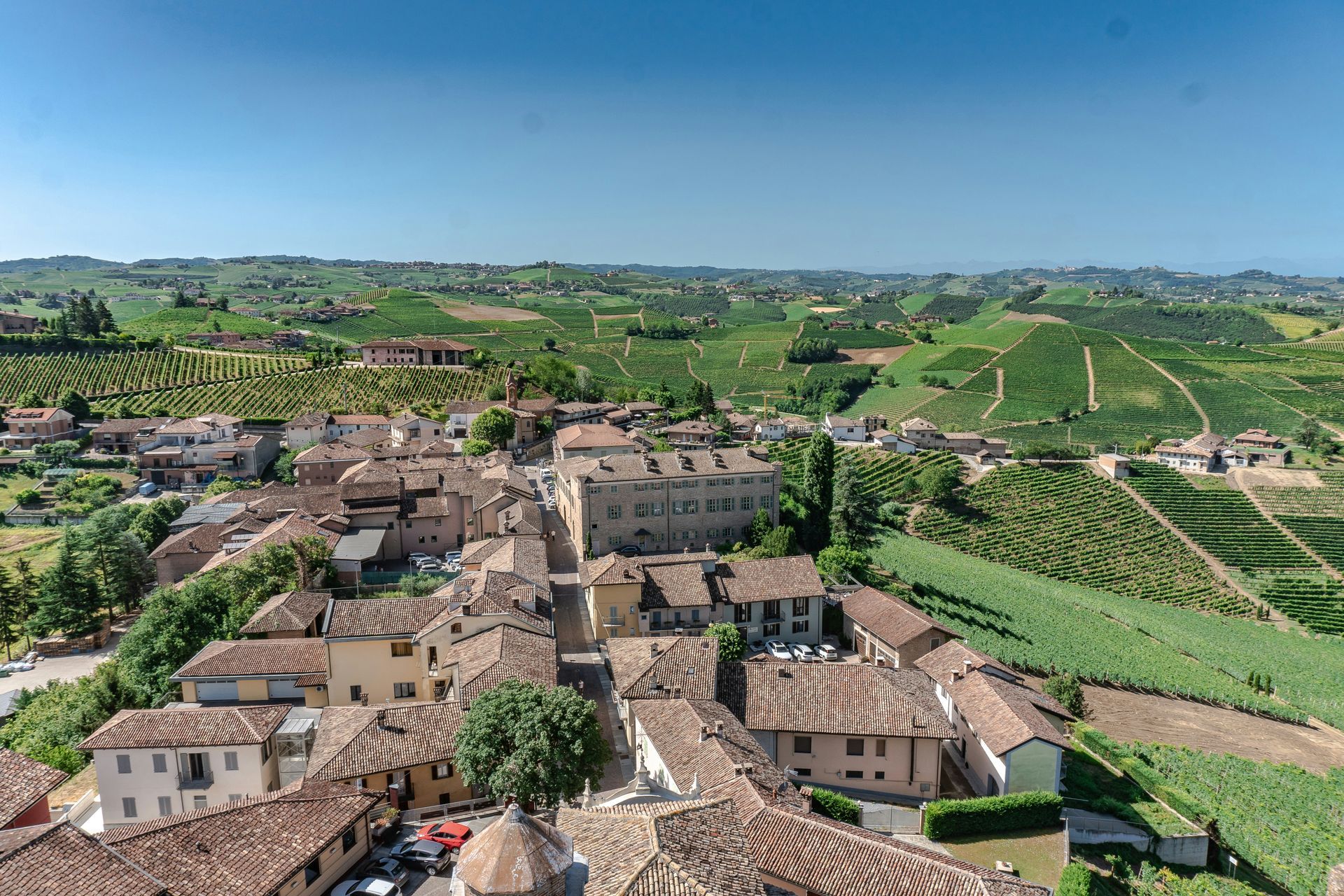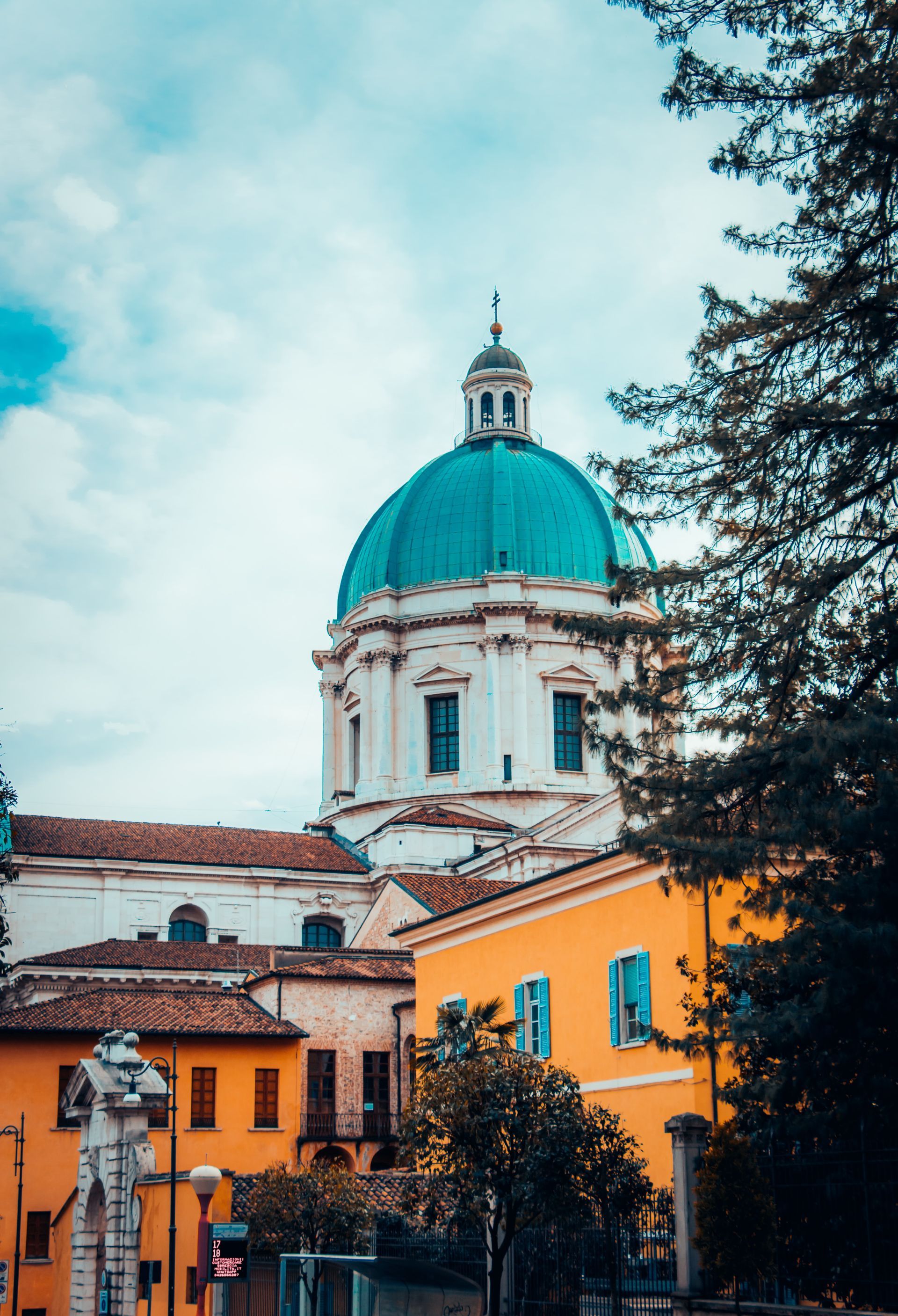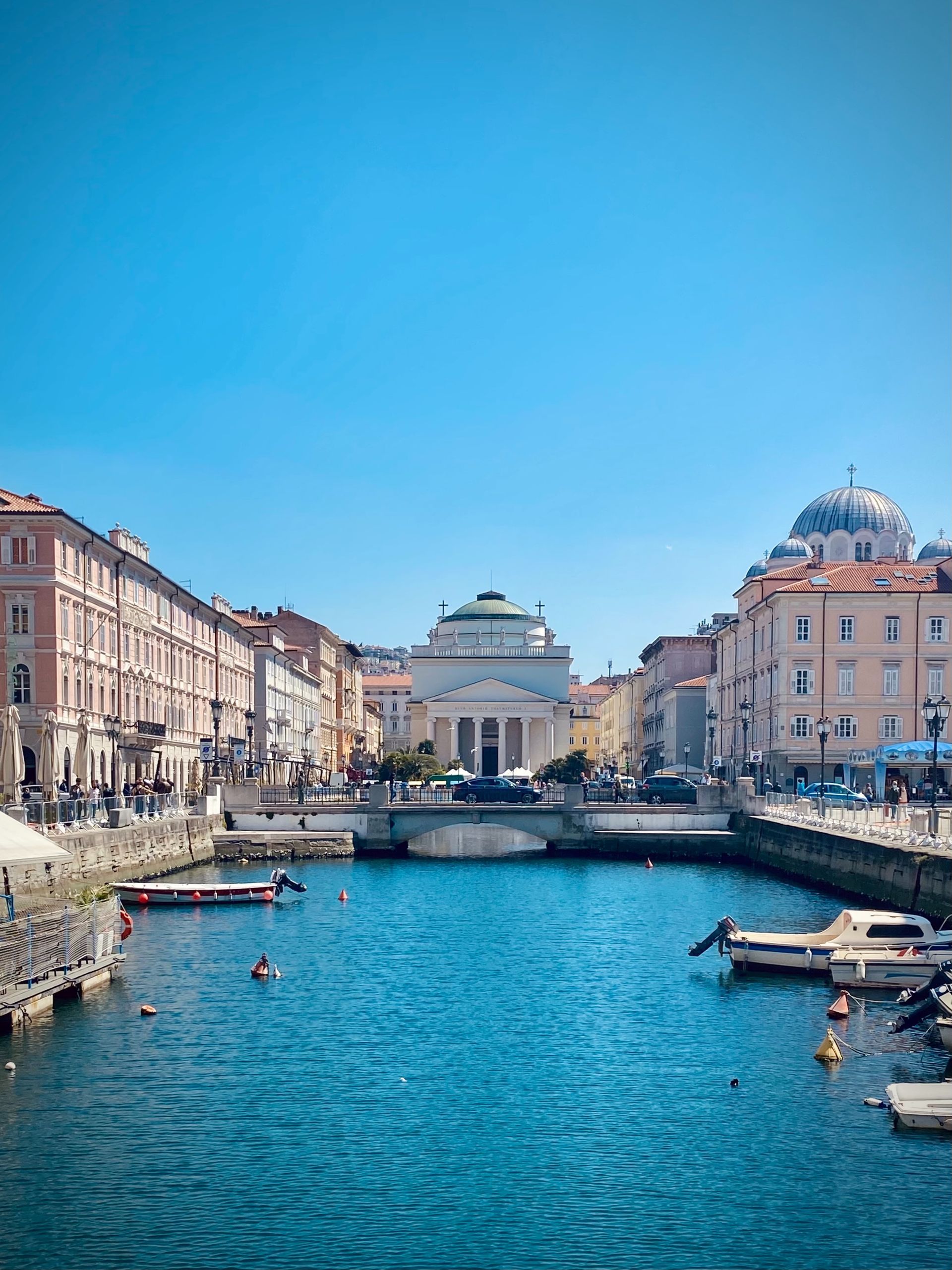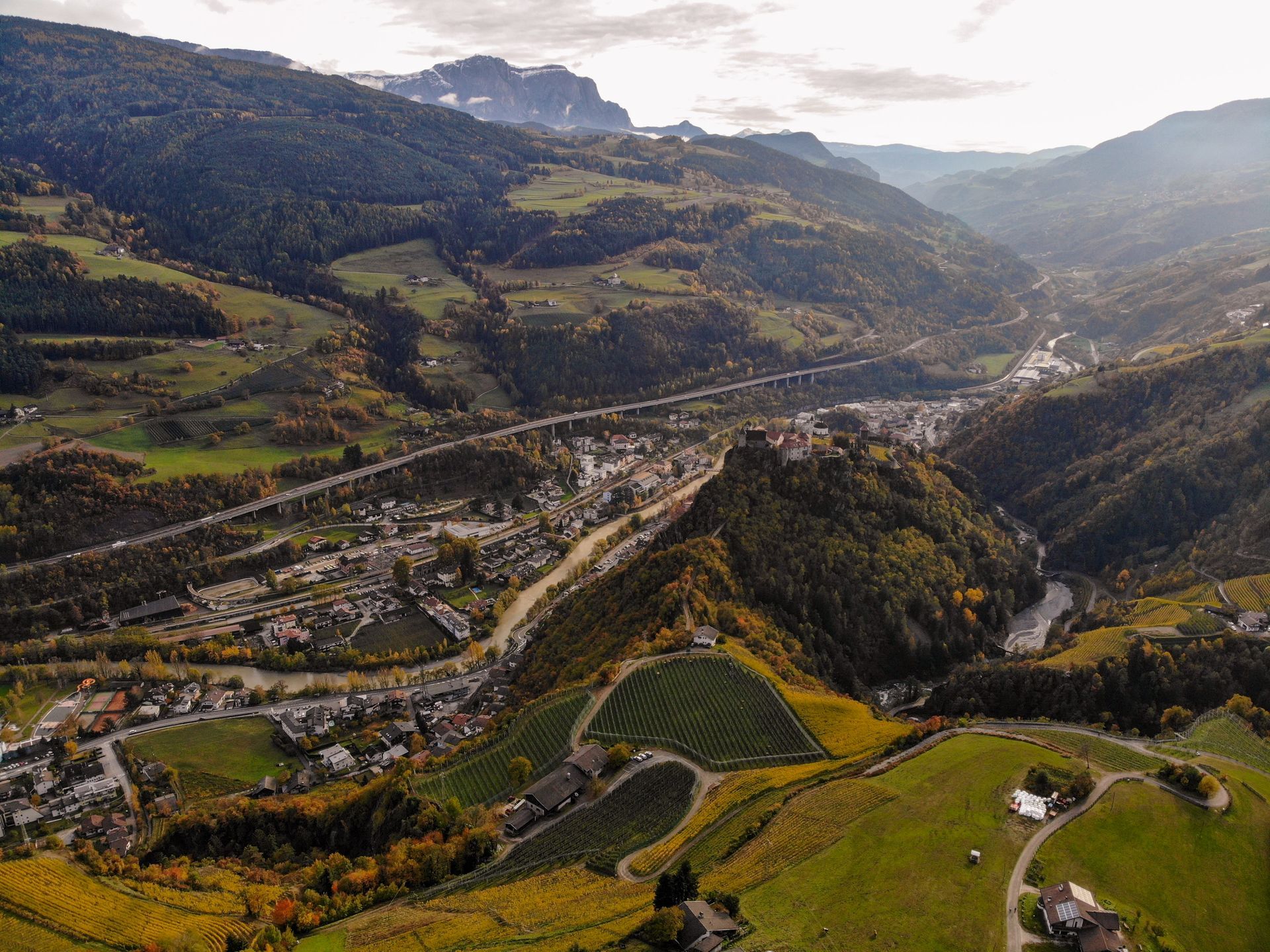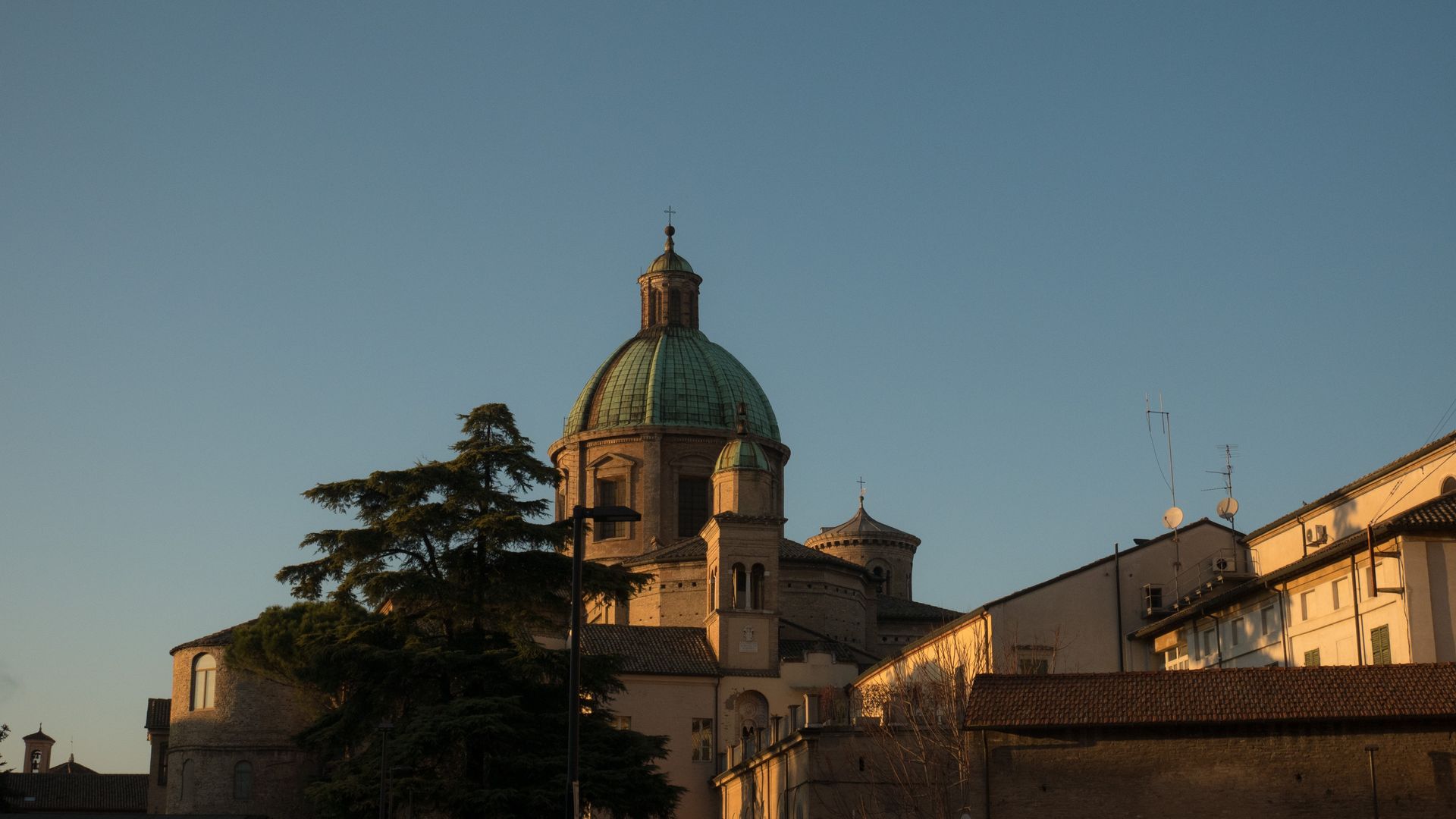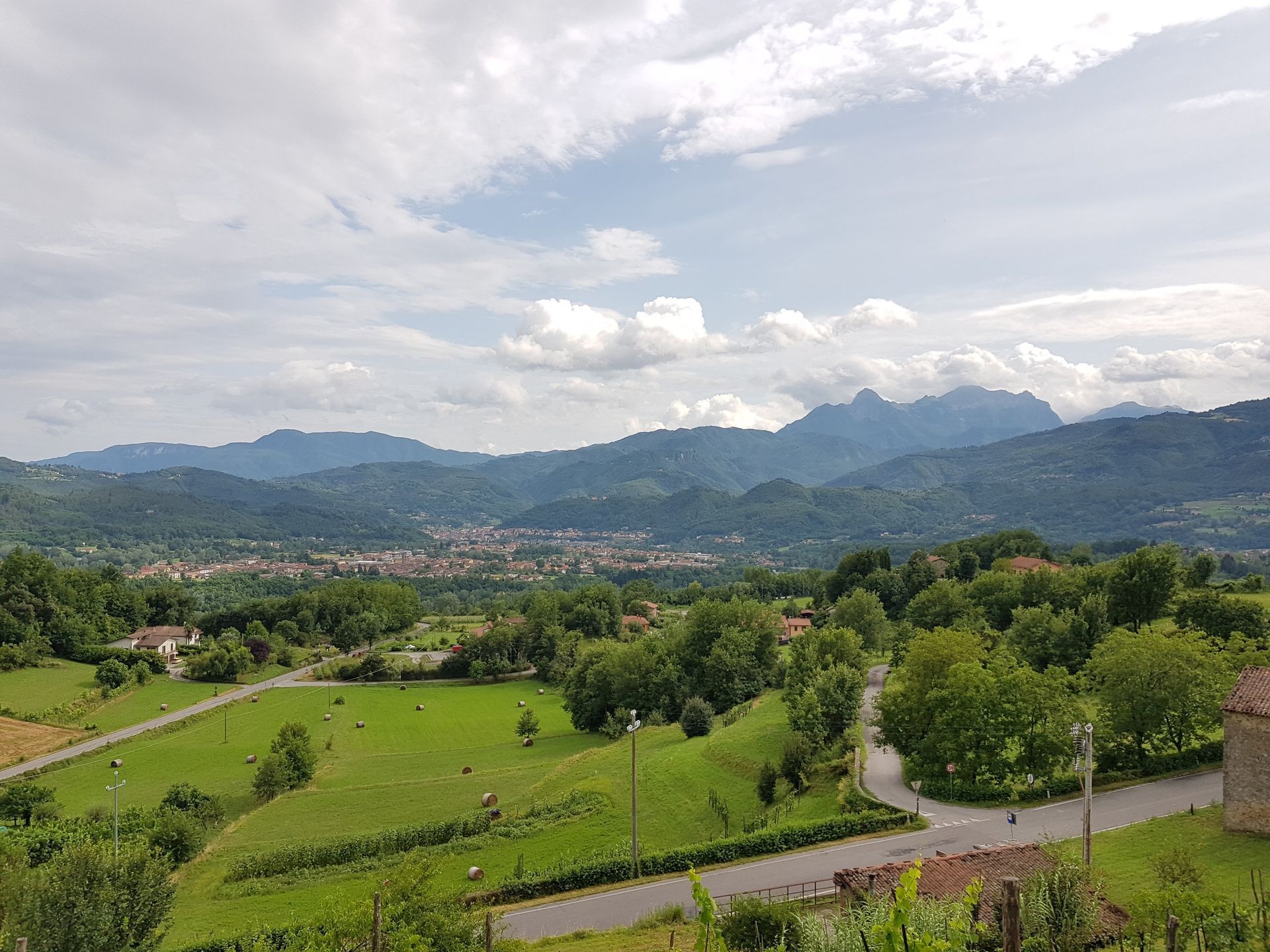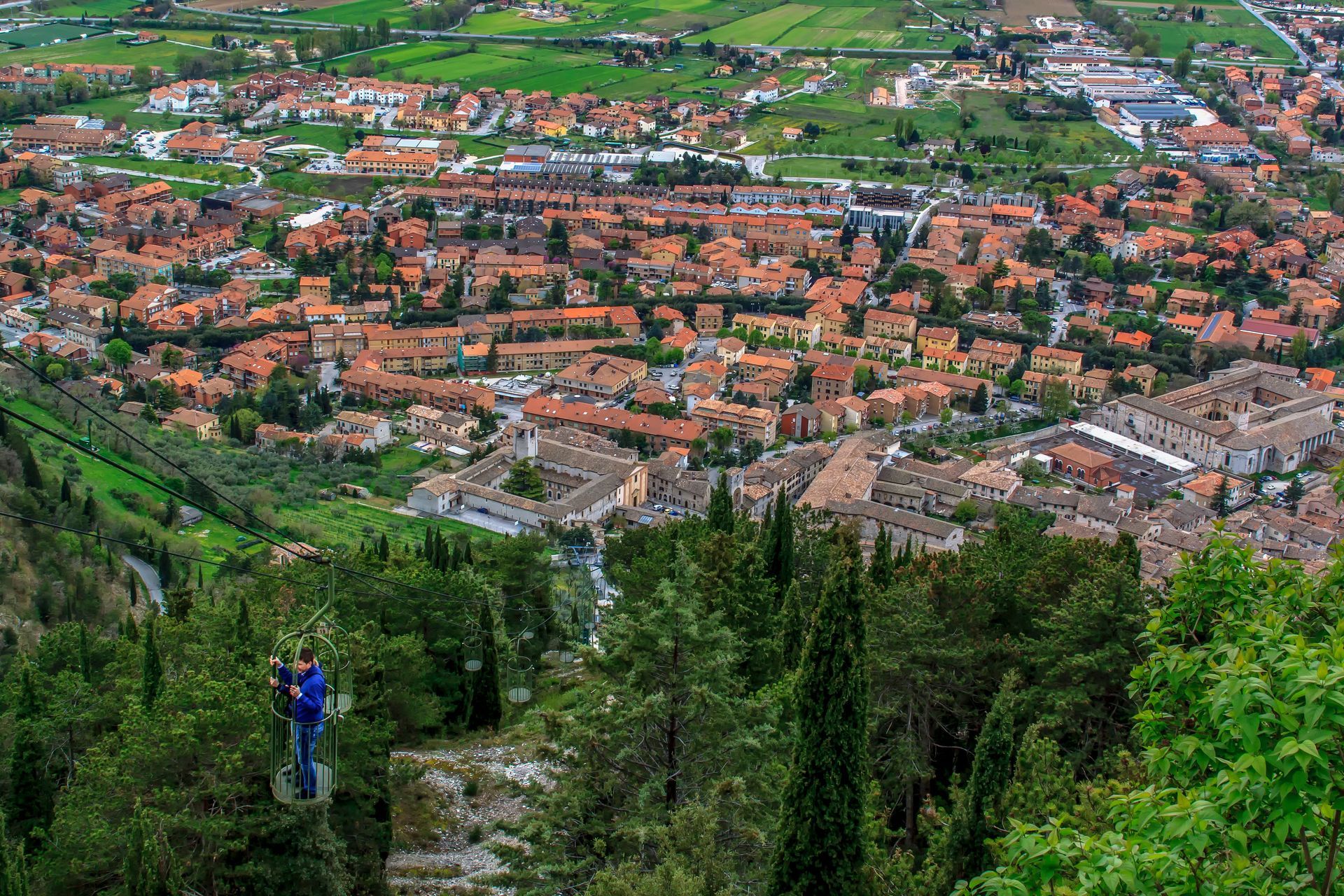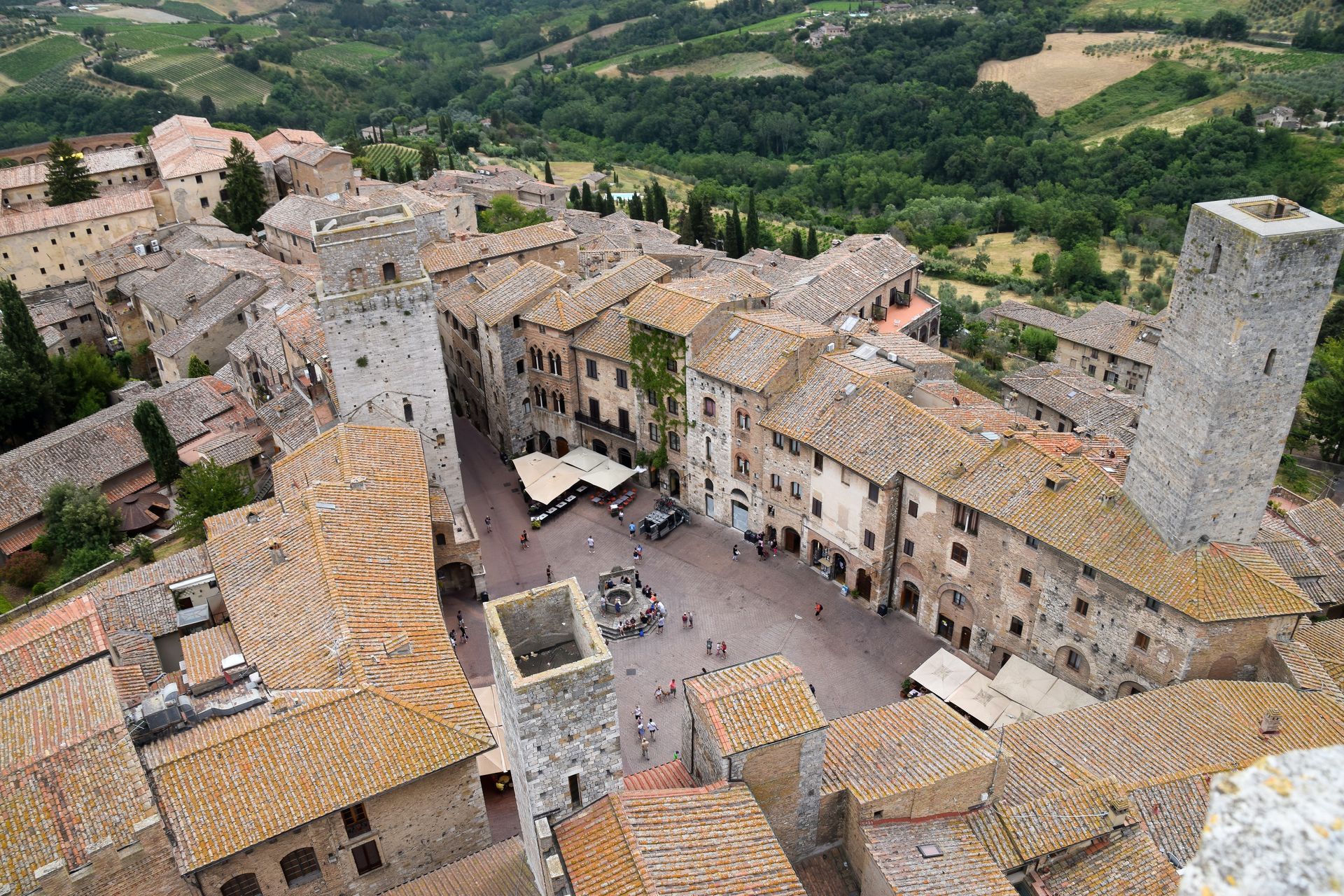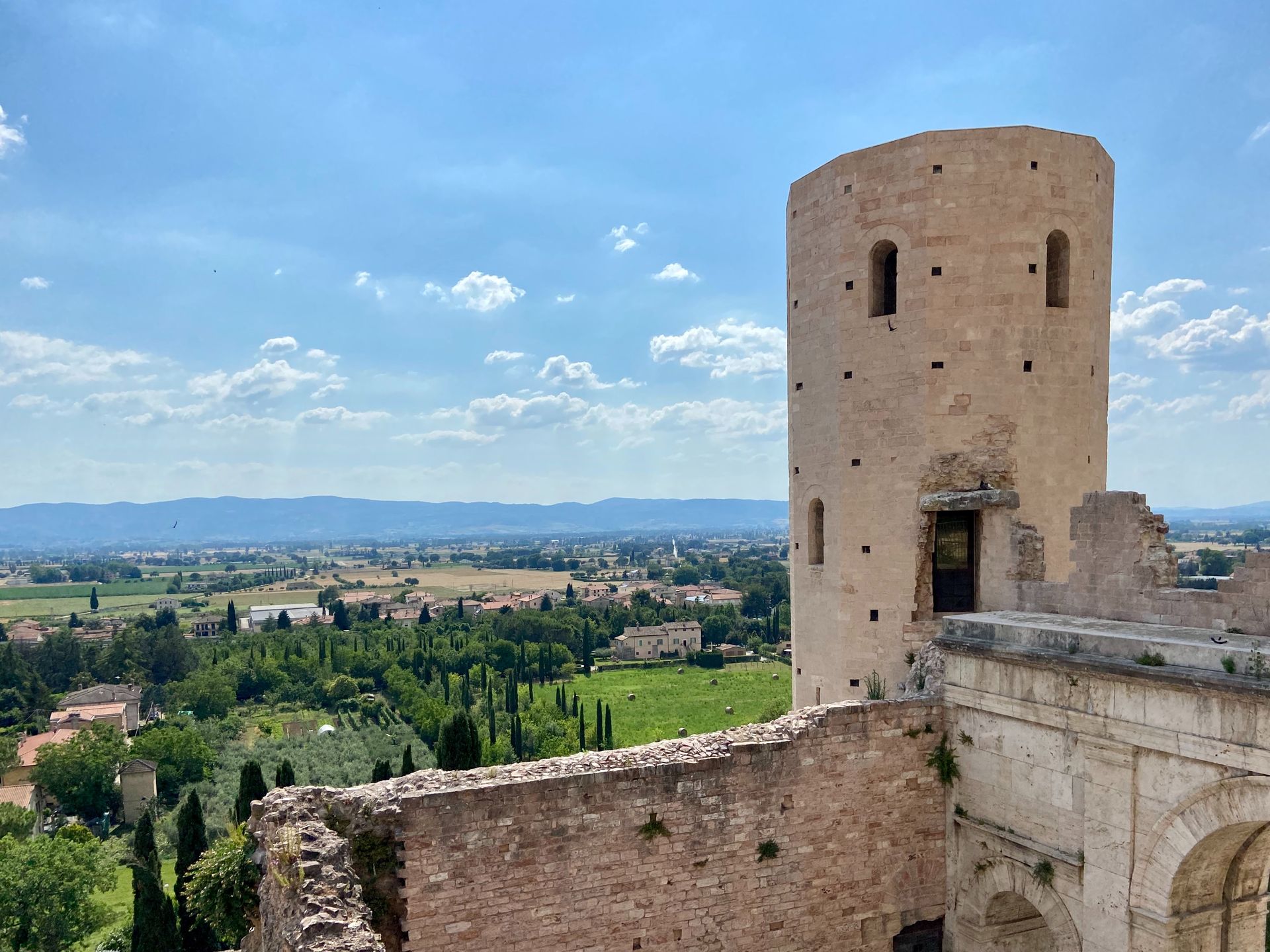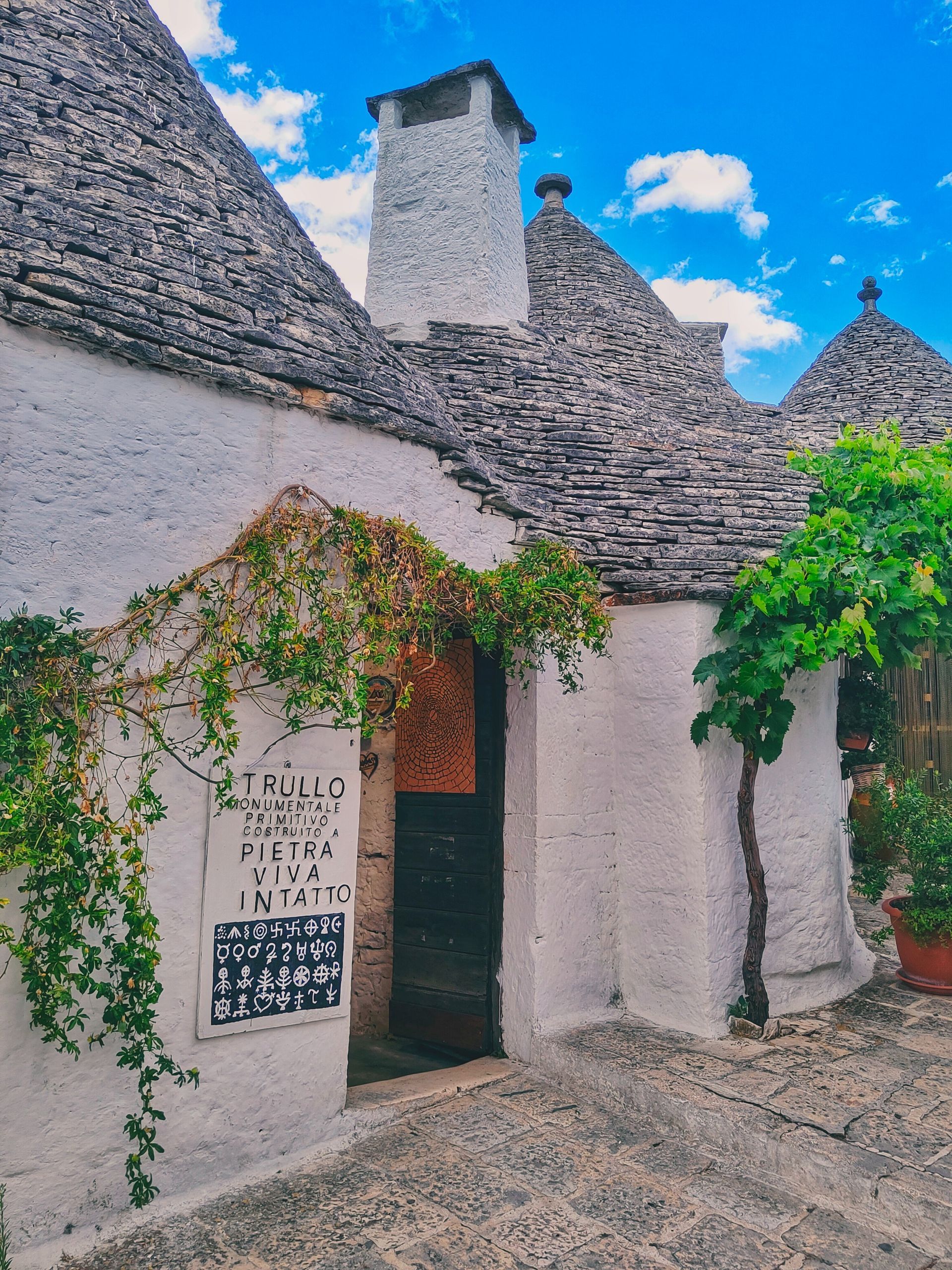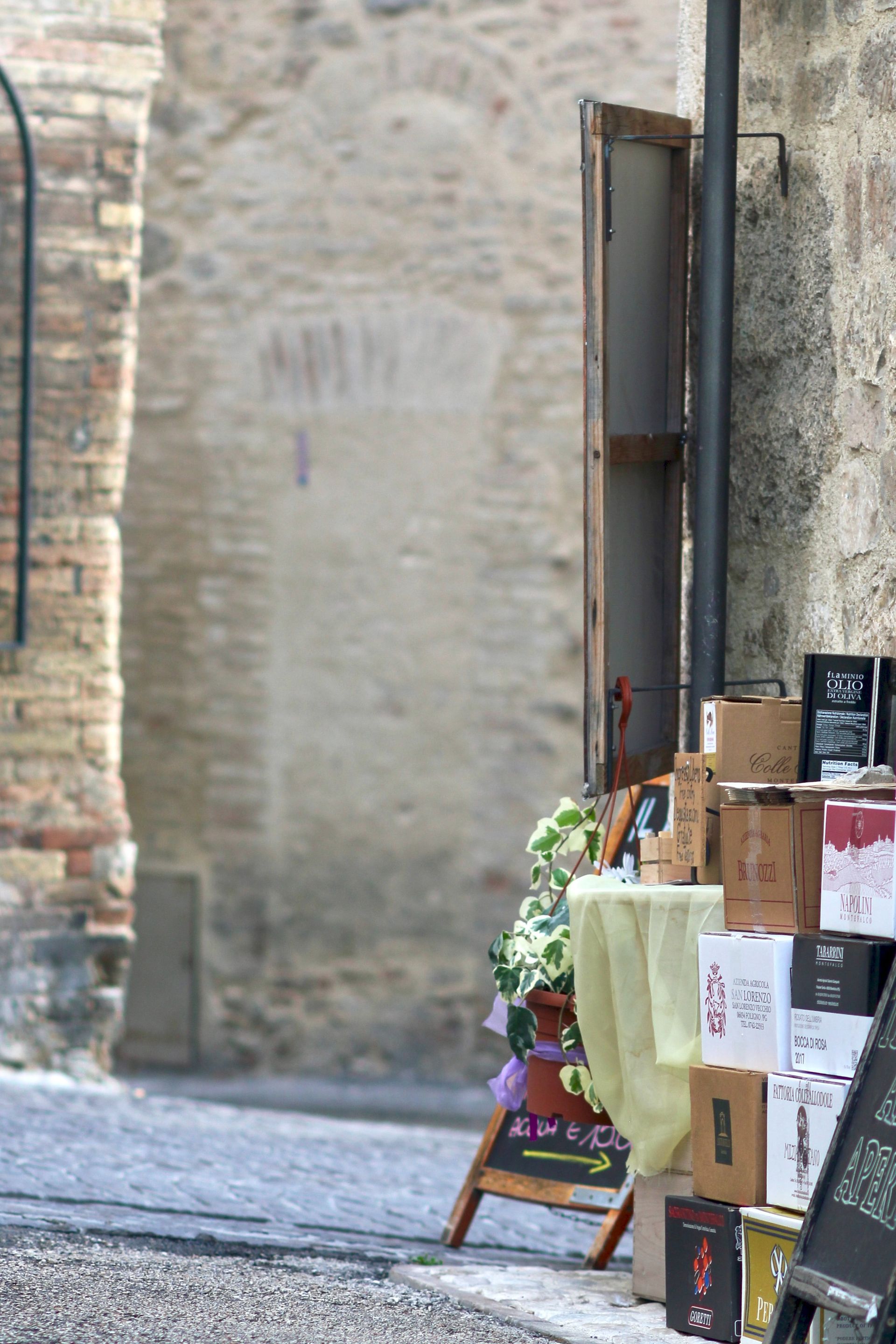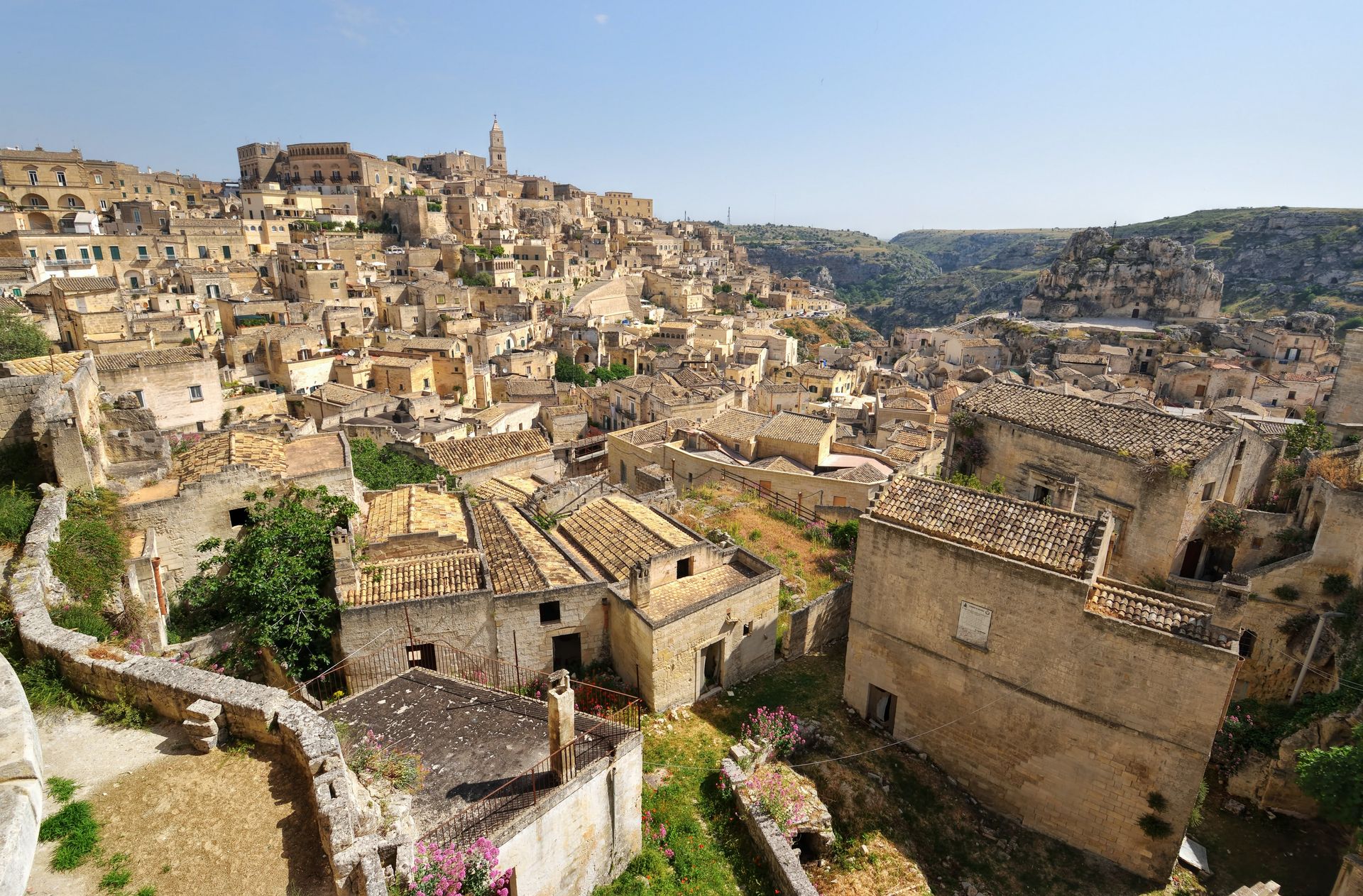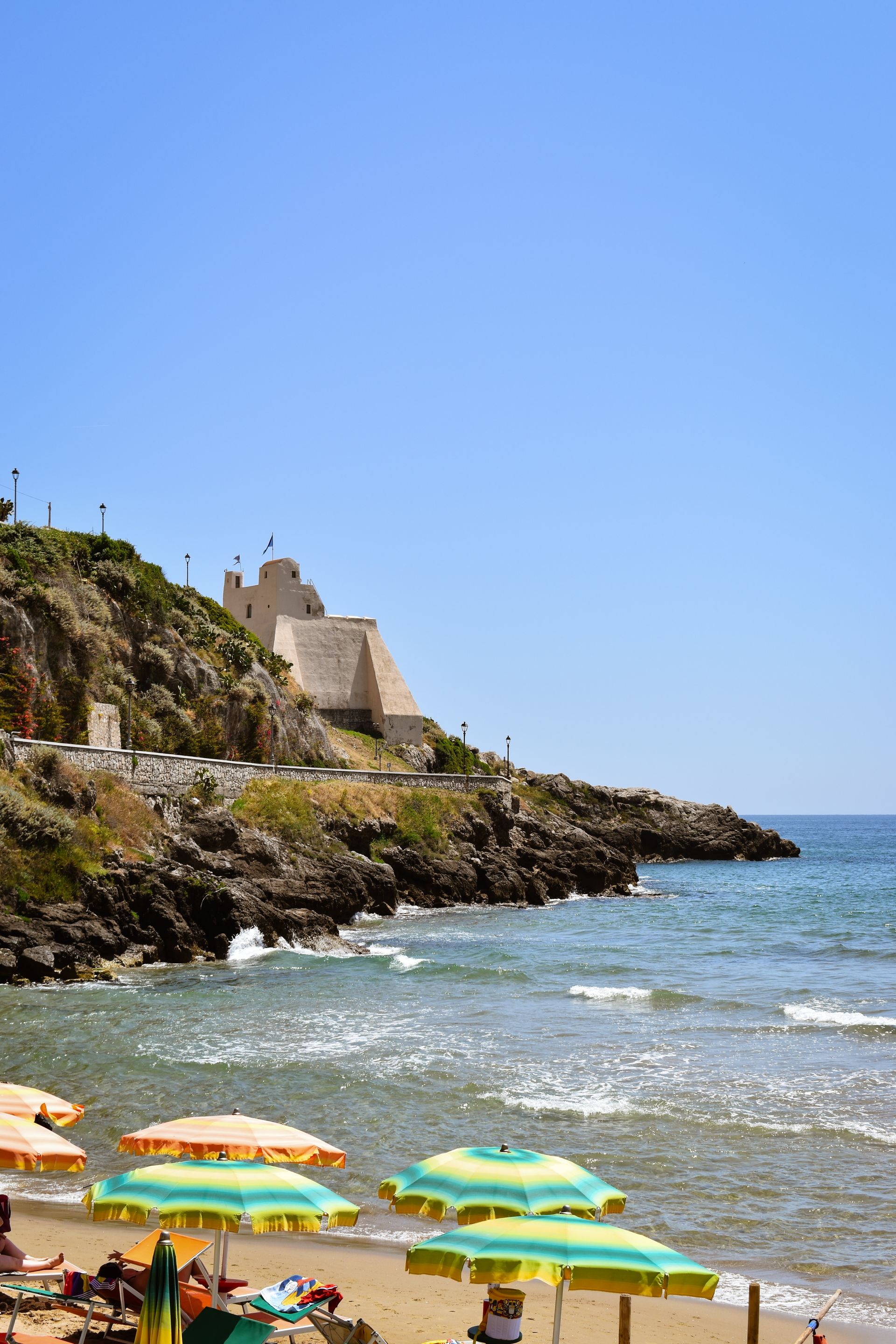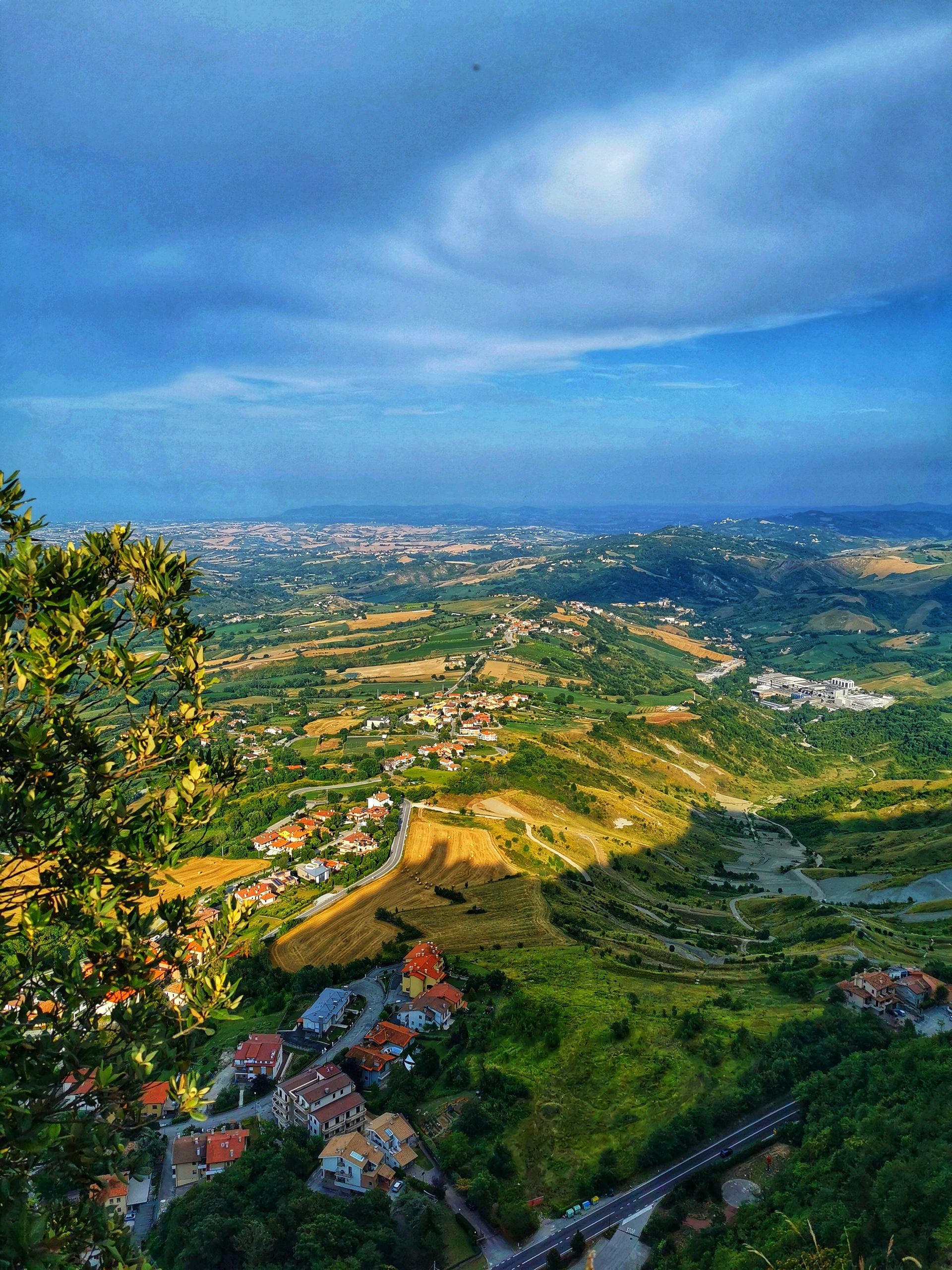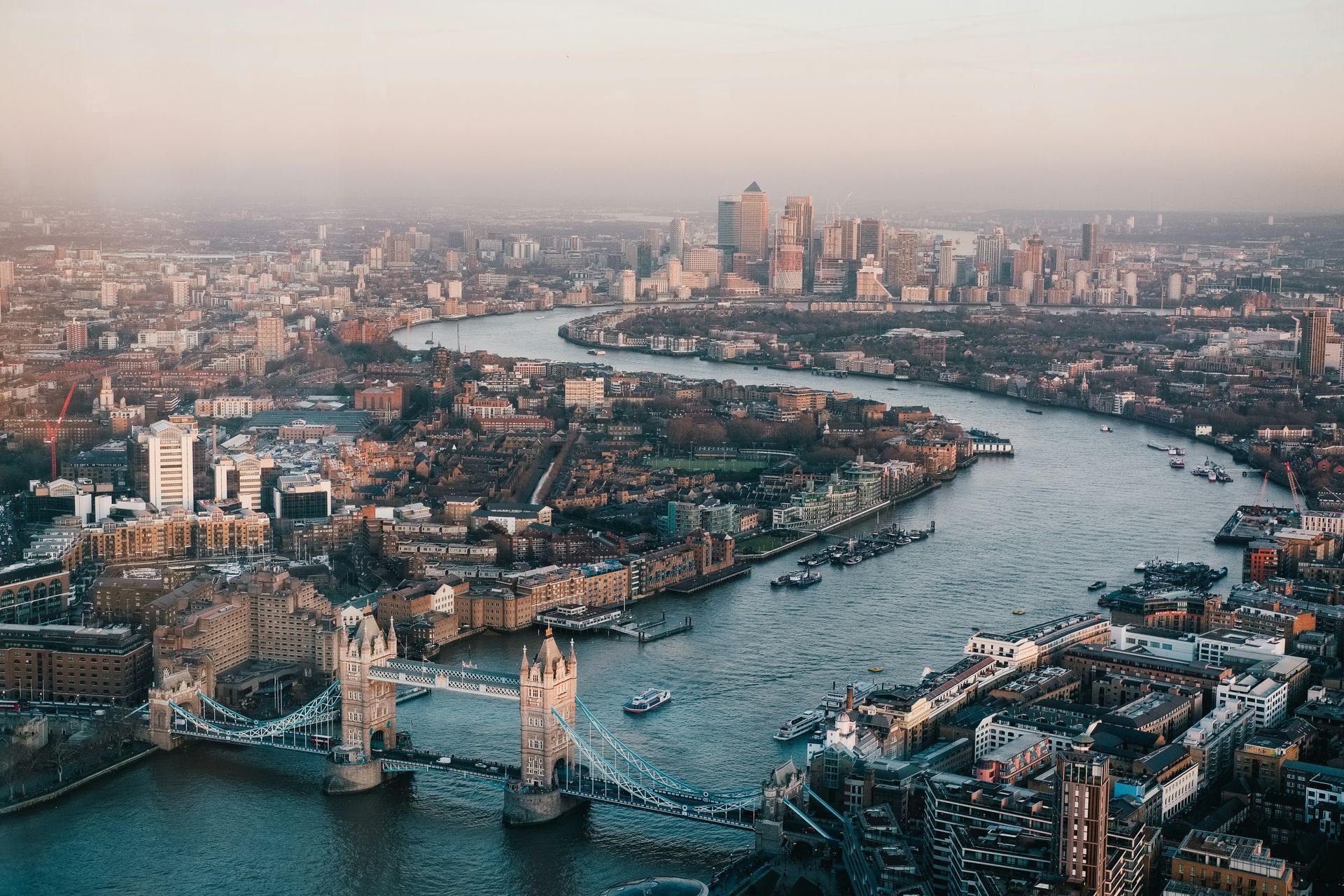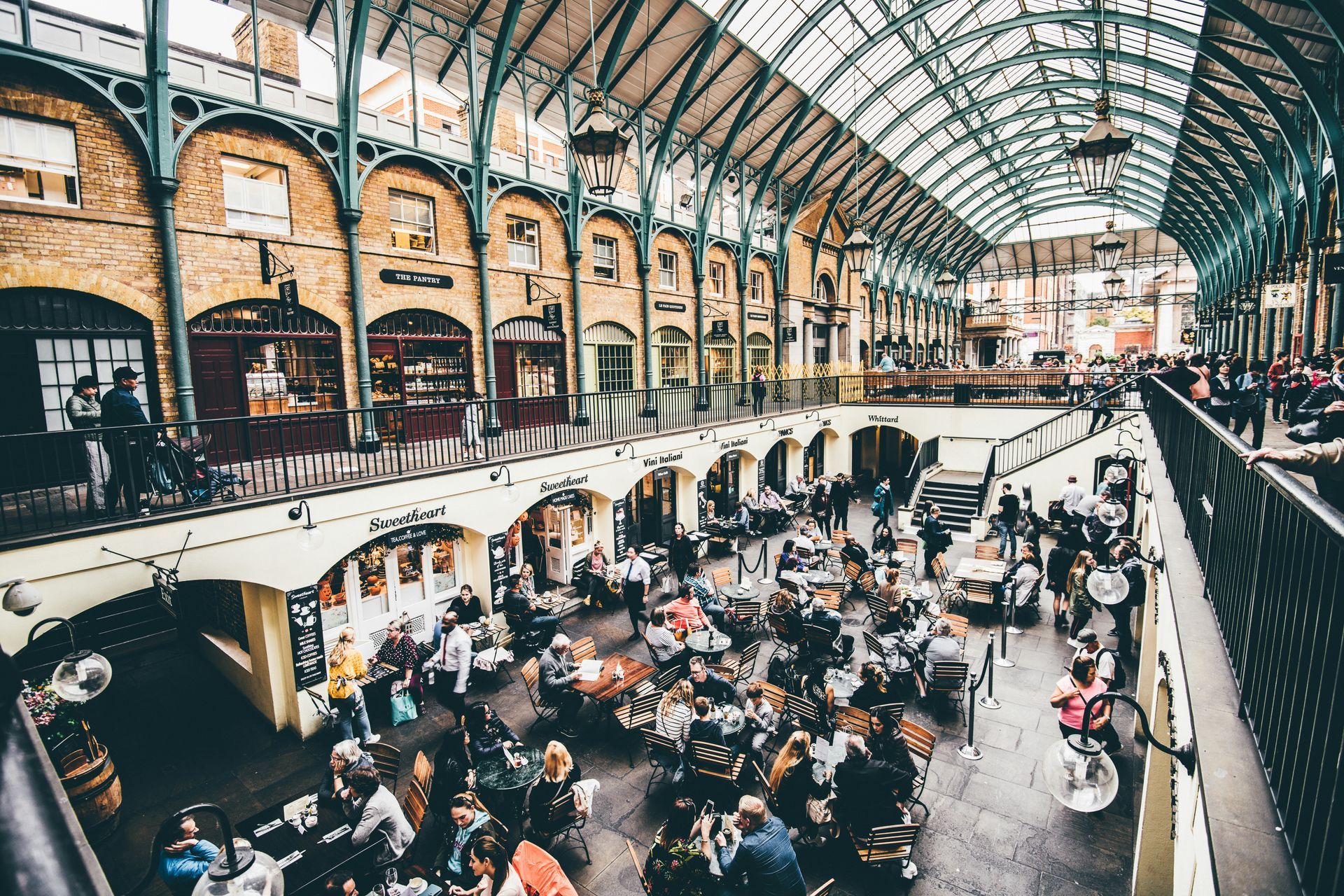Spreading Smile across the globe
Hidden Gems of Northern Italy
Hidden Gems of Italy are a testament to the country's diverse and enchanting beauty, often concealed from the traditional tourist routes. While Italy is celebrated for its iconic cities like Rome, Florence, Venice, and the Amalfi and Cinque Terre coasts, it's the lesser-known destinations that promise a unique journey. These unexplored regions offer travellers a chance to experience Italy's authentic culinary delights, rich historical narratives, and stunning natural landscapes. From the northern reaches to the southern shores, these Hidden Gems of Italy reveal a different facet of this remarkable nation.
Lake Orta - Piedmont
Hidden Gems of Italy come to life at Lake Orta, tucked away near the Swiss border in the heart of Piedmont. This hidden paradise often evades the spotlight compared to its more famous counterparts like Lake Como and Lake Garda. The historic town of Orta San Giulio, with its Baroque and Medieval architecture, cobbled streets, and idyllic Piazza Motta, enchants visitors. The glistening waters of the lake itself invite moments of serenity. What makes Lake Orta truly extraordinary is the mysterious island at its centre—a tranquil sanctuary inhabited by resident nuns.
Treviso - Veneto
Among the Hidden Gems of Italy, Treviso stands as a city in the Veneto region that retains its genuine northern Italian charm. Meandering through its narrow cobbled lanes, picturesque canals, and medieval city walls feels like a step back. Positioned on the fringes of the renowned Prosecco wine region, Treviso provides a delightful excuse for an aperitivo with a glass of Italy's renowned sparkling Prosecco.
Aosta Valley
Nestled among the bordering landscapes of Switzerland and France, the Aosta Valley showcases breathtaking alpine scenery, perched castles, and traditions that thrive throughout the year. When spring and summer arrive, the region's walking trails entice explorers. This season also brings lively festivals that celebrate folk traditions that date back to medieval times. Be sure to savour the local cheese Fontina, a culinary delight that embodies the spirit of this Hidden Gem of Italy.
Alba - Piedmont
Alba, a sought-after destination among Italy's hidden gems, is situated in the vineyards of the Langhe Hills. Once adorned with a hundred towers, Alba exudes a charming rural ambience. It's renowned for its autumn truffle festival, a gastronomic event that captures the essence of the region. Alba is also celebrated for its dark chocolate, hazelnut groves, white truffles, and prestigious wineries. It's from this very region that the sought-after Barolo wine originates.
Camogli - Liguria
Camogli, a typical and vibrant Italian seaside village on the Ligurian Riviera di Levante, perfectly embodies the spirit of the Hidden Gems of Italy. Towering, brightly painted houses dominate the town, and it has become a magnet for visitors seeking pristine beaches, Ligurian cuisine, the rustic fishing marina, Italian culture, and a tranquil natural setting. Camogli has earned its reputation for culinary excellence, focusing on fish and seafood, particularly anchovies and tuna, as well as the iconic pesto sauce made from basil and pine nuts.
Brescia - Lombardy
Hidden Gems of Italy often come alive through history, and Brescia is no exception. In this small city, history unfolds through a tapestry of architectural styles, spanning Roman, Medieval, Renaissance, Baroque, and even Art Deco. Walking through Brescia feels like a journey through time, and a visit to the captivating Piazza della Loggia, framed by a stunning Venetian-style palace at its heart, is a must for history enthusiasts.
Trieste
Trieste is a refreshingly unique destination, an Italian city positioned near the Slovenian border with its dialect that's a delightful blend of Austrian-German, Greek, Croatian, and Italian. Trieste's neoclassical waterfront is a sight to behold, with its marina brimming with stylish, glimmering yachts. The city's offerings include clear blue skies, expansive sandy beaches, city lidos, and the surrounding vineyards. Trieste is a Hidden Gem of Italy that belongs on every traveller's Northern Italian itinerary.
Modena - Emilia-Romagna
Modena is famed for its Hidden Gems of Italy, including balsamic vinegar, Luciano Pavarotti, the Romanesque cathedral, and the nearby Ferrari museum. Beyond these illustrious attractions, Modena reveals a treasure trove of remarkable restaurants. Massimo Bottura's Osteria Francescana has twice earned a place among the world's top 50 eateries, showcasing the culinary excellence of this Hidden Gem. While in Modena, don't miss the chance to savour local specialities like stuffed tortellini and sparkling Lambrusco wine, the perfect complement to your gastronomic journey.
Chiusa / Klausen - South Tyrol
Chiusa, also known as Klausen, is one of Italy's most picturesque villages. It is situated on the banks of the Isarco River in the South Tyrolean region near the Austrian border. Chestnut groves, green fields, vineyards, and farmsteads surround the town. In the village itself, visitors are captivated by narrow alleyways, coats of arms, large bay windows, crenellated facades, and the two main squares.
Ravenna - Emilia-Romagna
Ravenna offers a treasure trove of experiences among the Hidden Gems of Italy. This city is a feast for the senses, with its diverse offerings of food, music, art, culture, history, beaches, wine, and mosaics. Ravenna is home to eight UNESCO-listed sites, making it a must-visit for history and art enthusiasts. It's also known for its two-month-long music festival, Dante Alighieri's tomb, local culinary delights, nearby beach resorts, and the opportunity to explore pinewood forests. The city's fame is derived from its stunning mosaics, dating from the fifth and sixth centuries, scattered throughout the town.
In conclusion, Italy's Hidden Gems invite you to embark on a journey less travelled, where the rich tapestry of history, diverse cuisine, and breathtaking landscapes come to life. These lesser-known destinations provide an authentic Italian experience, away from the bustling crowds, revealing the nation's soul in its purest form. Explore these Hidden Gems to uncover Italy's hidden treasures.
Hidden Gems of Central Italy
Hidden Gems of Italy beckon the adventurous traveller to explore the lesser-known treasures that this remarkable country holds. From the picturesque valleys of Tuscany to the medieval charm of Umbria, the mysterious landscapes of Molise, and the architectural wonders of San Gimignano, these destinations promise unforgettable experiences.
Garfagnana - Tuscany
The Garfagnana region is a hidden gem in the beautiful Tuscan valley north of Lucca. It is crossed by the Serchio River, and the landscape is characterized by fertile greenery, rugged mountains, and charming villages. Outdoor activities such as hiking, walking, and mountain biking are enjoyed by many people in this area. Garfagnana is home to several one-of-a-kind attractions, including a ghost town, a wind cave, and the Devil's Bridge at Borgo a Mozzano.
Gubbio - Umbria
Umbria hides many treasures, and a particular favourite among Hidden Gems of Italy is the Medieval hilltop town of Gubbio. Gubbio, a city with a history dating back over 2,000 years, is a maze of cobbled streets and stone buildings that have been perfectly preserved. Visitors can take a cable car to the summit of Mount Ingino to enjoy panoramic views of the surrounding area. In addition, Gubbio hosts Italy's oldest event, the Corsa dei Ceri, in which teams race through the streets carrying massive wooden candles.
Molise
Molise is Italy's second-smallest region and one of its best-kept secrets. Hidden Gems of Italy are plentiful here. The picturesque town of Agnone is renowned for its artisanal bells, produced by the oldest family-run bell foundry in the world. Meanwhile, Campobasso, the regional capital, boasts a stunning medieval old town. Molise offers a captivating mix of historical charm and natural beauty, with rugged mountains, rolling hills, and pristine beaches along the Adriatic coast.
San Gimignano - Tuscany
Nestled in the heart of Tuscany, San Gimignano boasts medieval architecture and, of course, its famous towers. The town's historic centre is a UNESCO World Heritage site, known for its fourteen stone towers that once symbolised wealth and power. San Gimignano offers a glimpse into medieval Tuscany, with well-preserved streets and squares that transport visitors to another time. Besides the towers, make sure to explore the Collegiate Church and indulge in the local Vernaccia wine, a crisp white wine produced in the region.
Spello - Umbria
Another gem in the heart of Italy, Spello enchants visitors with its winding medieval streets and stunning floral displays. Known as the "Città Infiorata" or "flower town," Spello hosts the Infiorata festival, during which the streets are carpeted with intricate flower petal designs. This event occurs in early June and is a magnificent spectacle. Outside of the festival, Spello's charm continues with its well-preserved historic centre and beautiful churches.
Trulli of Alberobello - Apulia
Apulia, or Puglia, is famous for its unique trulli houses, and Alberobello is the epicentre of this architectural marvel. These whitewashed conical homes are a UNESCO World Heritage Site that offers a glimpse into the region's history. Visitors can even stay in trulli that have been converted into accommodations, providing a truly immersive experience.
Norcia - Umbria
Nestled in the Sibillini Mountains, Norcia is renowned for its gastronomy. This charming town produces exceptional cured meats, particularly prosciutto and salami. For food enthusiasts, Norcia is a true Hidden Gem of Italy. Explore local shops, taste the region's specialities, and visit the beautiful town square. Nature enthusiasts will also find hiking trails and natural beauty in the nearby Monti Sibillini National Park.
Montefalco - Umbria
Montefalco is often called the "Balcony of Umbria" for its stunning views over the surrounding valley. This charming town is also known for its wine, particularly Sagrantino, one of Italy's most robust red wines. Montefalco's medieval centre is picturesque and hosts several churches with remarkable frescoes, making it a cultural and gastronomic gem.
Castelluccio di Norcia - Umbria
High in the Sibillini Mountains, Castelluccio di Norcia is a quaint village known for its stunning wildflower blooms in late spring and early summer. The surrounding plateau becomes a colourful tapestry, attracting photographers and nature enthusiasts. Besides the flowers, visitors can enjoy hiking and take in the breathtaking scenery. Hidden Gems of Italy like Castelluccio di Norcia provide a unique connection to nature and the changing seasons.
In the heart of Italy, a treasury of Hidden Gems awaits the intrepid traveller. From the mysterious ghost town of Garfagnana to the ancient charms of Gubbio, the enchanting landscapes of Molise, and the medieval splendours of San Gimignano, these lesser-known destinations reveal Italy's diverse beauty and rich history. Journey through the tranquil streets of Spello, marvel at the unique trulli houses in Alberobello, savour the culinary delights of Norcia, and bask in the vibrant blooms of Castelluccio di Norcia. These Hidden Gems of Italy promise an unforgettable adventure in a land of timeless wonder.
Hidden Gems of Southern Italy
Italy, a land of rich history, captivating art, and exquisite cuisine, is known for its iconic cities and world-famous landmarks. Despite the tourist-filled streets and crowded piazzas, the country holds many hidden gems—lesser-known destinations that offer a more intimate and authentic experience. These places, tucked away in various corners of Italy, are a testament to the nation's diverse and enchanting beauty, waiting to be explored by the discerning traveller. From medieval towns perched atop hills to charming coastal villages and ancient archaeological sites, the Hidden Gems of Italy promise unique adventures and unforgettable memories.
Civita di Bagnoregio - Lazio
Civita di Bagnoregio is often called the "Dying Town" because of its gradual erosion over the centuries. This medieval village is perched on a hilltop and can only be reached by a long footbridge. It's a unique destination, seemingly suspended in time, and is the perfect Hidden Gem for history buffs and photographers.
Matera - Basilicata
Matera, known for its cave dwellings, is one of Italy's most intriguing and unique destinations. The Sassi di Matera, a historic cave settlement, is a UNESCO World Heritage Site. Matera is gaining popularity but still qualifies as one of the Hidden Gems of Italy. Touring this labyrinth of stone-carved rooms and narrow streets offers an incredible historical journey.
Sperlonga - Lazio
Sperlonga is a charming coastal town characterized by its pristine beaches, winding alleys, and picturesque piazzas. Nestled between Rome and Naples, Sperlonga is often overlooked by travellers. A visit here reveals a relaxed and authentic Italian atmosphere, perfect for strolls and seaside relaxation. Take advantage of the Grotto of Tiberius, a cave once used as the emperor's villa and now a museum.
Paestum - Campania
The ancient ruins of Paestum, originally a Greek colony known as Poseidonia, provide an extraordinary window into Italy's history. The temples are exceptionally well-preserved, ranking among the best-preserved in the world. Paestum is also home to a fascinating archaeological museum that displays artefacts from the site. Enjoy a step back in time amid the Hidden Gems of Italy.
Castro - Apulia
Castro, a picturesque coastal town, boasts a historic centre perched on a rocky outcrop. Visitors can explore ancient churches, fortifications, and a charming harbour. Castro also has sea caves that can be explored by boat. The region's cuisine is a seafood lover's paradise, making this town a Hidden Gem for food enthusiasts as well.
Scilla - Calabria
Scilla, an idyllic coastal village in Calabria, offers stunning sea views and hidden beaches. The town is known for the Ruffo Castle, which dominates the landscape, and the legendary sea monster Scylla from Greek mythology. The charming village is a serene and lesser-known alternative to some of the more crowded Italian seaside destinations.
San Marino
San Marino is a microstate surrounded by Italy and is one of the world's oldest republics. It's a destination that's often missed, making it a true Hidden Gem. San Marino boasts dramatic mountaintop views, historic architecture, and unique attractions like the Guaita Tower and the Palazzo Pubblico. For collectors, the country is also known for its beautiful stamps and coins.
Conclusion
Discovering the Allure of Hidden Gems of Italy
Hidden Gems of Italy offers travellers an authentic experience, far removed from the tourist-packed cities and famous landmarks. These lesser-known destinations unravel the genuine charm, culture, history, and culinary wonders that make Italy an endlessly fascinating country to explore. From the mountains of the North to the coasts of the South, each region holds its treasures, waiting to be discovered by those who venture off the beaten path. By exploring the Hidden Gems of Italy, you can craft a unique and unforgettable journey that deepens your appreciation of this incredible country. Plan your trip carefully, and you will be rewarded with the beauty, history, and flavours that characterize these enchanting places.
Save Big in London:
Essential Tips for Cost-Effective Travel
London is a dream destination for many, with its rich history, iconic landmarks, and vibrant cultural scene. While London is known for its high costs, don’t let this discourage you from exploring its many attractions. With the right strategies and a few insider tips, you can experience all that the city has to offer without overspending.
This guide will provide you with essential tips for London, helping you navigate the city’s attractions, dining, and accommodations in a cost-effective way. From finding affordable meals to exploring free sights, these tips will ensure that your London adventure is both memorable and budget-friendly. Whether you’re planning your first trip or are a seasoned traveler, these tips for London will help you save big while enjoying the city to its fullest.
1. Get an Oyster card
One of the top tips for London when it comes to navigating the city efficiently and affordably is to get an Oyster card. This smart card is a must-have for any traveler, offering significant savings on public transport compared to buying single tickets. Whether you’re hopping on the iconic red buses, gliding through the Underground, or taking a scenic ride on the Thames Clipper, the Oyster card makes it all more cost-effective.
An Oyster card offers daily spending caps on travel, ensuring you won’t exceed a set amount each day regardless of how many trips you take. This feature is particularly advantageous for those planning to explore various parts of the city. The card is easy to top up at stations, online, or through the TfL app, and it can be used on almost all forms of public transport in London.
Getting an Oyster card is one of the most practical tips for London, ensuring you make the most of your travel budget while enjoying everything the city has to offer. Discover the tips for London!
2. Know where you’re travelling to
One of the essential tips for London travel is to know where you’re going before you set out. London is a vast city with a complex layout, and understanding your route can save you time, money, and stress. Whether you’re navigating the winding streets of Covent Garden or making your way to iconic landmarks like the Tower of London or Buckingham Palace, having a clear plan will help you avoid unnecessary detours and costly mistakes.
Start by familiarizing yourself with the city’s transport system, including the Underground, buses, and even walking routes. Use maps, apps like Citymapper, or Google Maps to plot your journey in advance, so you’re not fumbling with directions in the middle of a busy street. If you’re visiting multiple attractions in a day, grouping them by area can help reduce travel time and costs.
Moreover, visiting popular attractions at optimal times can greatly improve your experience. For example, many tourist sites are less crowded during the early morning or late evening hours. By knowing where you’re traveling to and planning accordingly, you’ll make the most of your time in London without wasting valuable resources. Discover the tips for London!
3. Avoid travelling during high season
One of the most effective tips for London travel is to avoid visiting during the high season. Generally, the busiest tourist seasons in London occur during the summer months, especially from June to August, and around the Christmas holidays. During these periods, not only are flights and accommodations more expensive, but the city’s attractions are also more crowded, which can diminish the overall experience.
By choosing to travel during the off-peak months—such as late autumn, winter (excluding the Christmas period), or early spring—you can enjoy a more relaxed visit with fewer crowds and lower prices. Attractions like the Tower of London, Buckingham Palace, and the British Museum are much easier to explore without the overwhelming tourist traffic, allowing you to take in the sights at your own pace.
Additionally, off-season travel often comes with better deals on flights, hotels, and even dining, as businesses try to attract visitors during quieter times. This approach not only enhances your experience but also helps stretch your budget further, making your London trip more enjoyable and cost-effective. Discover the tips for London!
4. Take the bus for long distances
When traveling around London, one of the top tips for London on a budget is to take the bus for long distances. While the Tube is often the fastest way to get around the city, buses offer a more economical alternative and provide a unique way to see London above ground. London’s famous red double-decker buses are not just a city icon; they also offer an economical way to travel long distances without straining your budget.
Using a contactless payment method or an Oyster card on buses ensures you benefit from lower fares compared to single paper tickets. Buses also offer the advantage of scenic routes; you can enjoy views of landmarks like Big Ben, the Houses of Parliament, and the London Eye as you travel. Plus, with extensive routes that cover major areas and attractions, buses can often be more direct than the Tube for certain journeys.
By choosing the bus, you’ll save money and get a more immersive London experience, making it an excellent choice for budget-conscious travelers looking to explore the city in a cost-effective and enjoyable way. Discover the tips for London!
5. Take advantage of the Hopper fare
One of the top tips for London on a budget is to take advantage of the Hopper fare, a feature of the city’s public transport system designed to save you money on bus and tram journeys. The Hopper fare allows you to make unlimited journeys on buses and trams within an hour of your first trip, all for the price of a single fare. This is particularly useful if you need to transfer between different routes or use multiple buses and trams during your journey.
By using an Oyster card or contactless payment method, you automatically benefit from the Hopper fare. This means you can hop on and off buses or trams without worrying about paying extra for each leg of your journey, as long as you stay within the one-hour window. It’s a great way to explore various parts of the city efficiently and cost-effectively, especially if your travel plans involve multiple short trips or connections.
Maximizing the Hopper fare can help stretch your budget further and make your travels around London more convenient and affordable. Discover the tips for London!
6. Rent a bike when it’s sunny
One of the best tips for London on a budget is to rent a bike when the weather is sunny. London’s bike-sharing scheme, Santander Cycles, offers a cost-effective way to explore the city while enjoying the outdoors. Renting a bike can be significantly cheaper than using public transport for short trips, and it gives you the freedom to navigate the city at your own pace.
With an easy payment system, you can grab a bike from one of the numerous docking stations throughout the city. The first 30 minutes of each ride are free, making it a cost-effective option for short trips. This is particularly useful for sightseeing or quick commutes.
Cycling also allows you to see London from a different perspective, bypassing traffic and reaching areas that might be less accessible by bus or Tube. Plus, it’s a great way to stay active while enjoying the city’s parks, riverside paths, and scenic routes. Renting a bike on a sunny day is a fun and budget-friendly way to experience London. Discover the tips for London!
7. Walk wherever possible
Walking is one of the most effective tips for London on a budget, offering a cost-efficient way to explore the city while soaking in its vibrant atmosphere. Many of London’s most iconic landmarks, neighborhoods, and attractions are within walking distance of each other, making it a practical choice for getting around without spending a penny on transport.
By choosing to walk, you not only save on transportation costs but also get a chance to discover hidden gems and experience the city like a local. Whether you're strolling along the South Bank, exploring Covent Garden, or wandering through historic streets, walking allows you to appreciate London’s diverse architecture and lively street scenes up close.
Moreover, walking can be a great way to enjoy London’s green spaces, such as Hyde Park or Regent’s Park. You’ll have more flexibility in your schedule, plus the added benefit of staying active. To make the most of your walk, plan your route in advance and wear comfortable shoes. Embrace this simple yet effective tip to fully experience the charm of London while keeping your budget intact. Discover the tips for London!
8. Avoid express trains
Avoiding express trains is a valuable tip for London on a budget, especially for travelers looking to save on transportation costs. Express trains, such as those on the Heathrow Express or Gatwick Express routes, are convenient but come with a premium price tag. Instead, consider opting for regular trains or alternative routes that can be significantly cheaper.
For instance, the regular services to and from airports like Heathrow or Gatwick offer comparable travel times at a fraction of the cost of the express options. Using the Tube or taking a slower train service not only saves money but can also give you a chance to experience different parts of the city en route.
Additionally, booking your train tickets in advance and using off-peak times can further reduce costs. By choosing more economical travel options, you can allocate your savings towards other experiences in London, such as dining out or exploring additional attractions. Embracing this tip helps you stay within budget while still enjoying the city’s rich offerings. Discover the tips for London!
9. Take the Piccadilly line to go to Heathrow airport
Taking the Piccadilly Line to Heathrow Airport is one of the most practical tips for London travelers on a budget. The Piccadilly Line provides a direct and cost-effective route from Central London to Heathrow, making it a convenient choice for those flying into or out of this major international airport.
This option is particularly appealing for budget-conscious travelers because it avoids the higher costs associated with express train services like the Heathrow Express. A single ticket on the Piccadilly Line is much more affordable, and the journey typically takes around 50 minutes, which is a reasonable duration considering the savings.
Moreover, the Piccadilly Line runs frequently, ensuring you won’t have to wait long for a train, and it offers a comfortable and straightforward ride. The line connects major areas in London, including the West End and key transportation hubs, making it easy to reach the airport from various parts of the city.
By opting for the Piccadilly Line, you can keep your travel expenses low and make the most of your budget, allowing you to enjoy more of what London has to offer. Discover the tips for London!
10. Get a 16-25 railcard
If you're between the ages of 16 and 25 and looking for ways to save on travel in London, getting a 16-25 Railcard is a must-follow tip for London. This railcard offers a significant 1/3 discount on most train fares across the UK, including journeys within London. It’s a fantastic way to cut down on transportation costs while exploring the city or traveling to nearby destinations.
The 16-25 Railcard isn’t just beneficial for those traveling outside of London; it also provides savings on rail journeys within the city. Whether you’re hopping between neighborhoods or planning day trips, this card makes getting around London more affordable.
Additionally, the railcard offers discounts on some attractions and travel services, which can further enhance your budget-friendly trip. For a nominal annual fee, the savings you accumulate on train fares alone can quickly outweigh the initial cost, making it a valuable investment for young travelers.
Overall, the 16-25 Railcard is a practical tip for London travelers looking to stretch their budget further while enjoying everything the city has to offer. Discover the tips for London!
Conclusion:
By following these essential tips for London, you can make the most of your visit while staying within your budget. From navigating the city with an Oyster card to exploring affordable dining options and utilizing discount passes, these strategies ensure a cost-effective experience. Embrace these tips to enjoy London’s rich history, vibrant culture, and iconic sights without overspending. With a bit of planning and savvy, your London adventure can be both memorable and budget-friendly.
Things To Do | Travel Information | Local's Favourites








